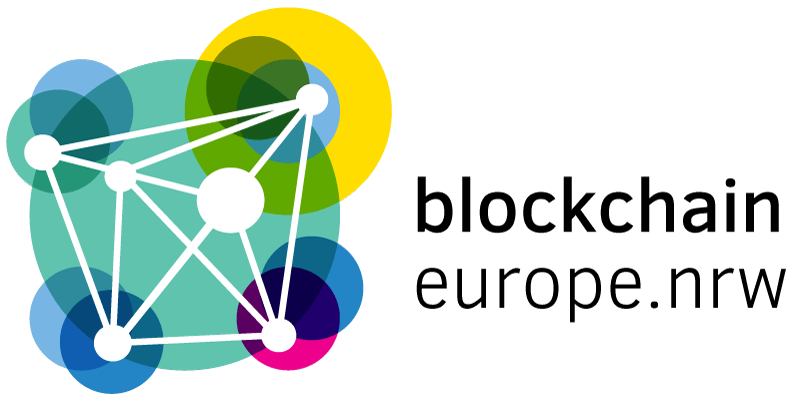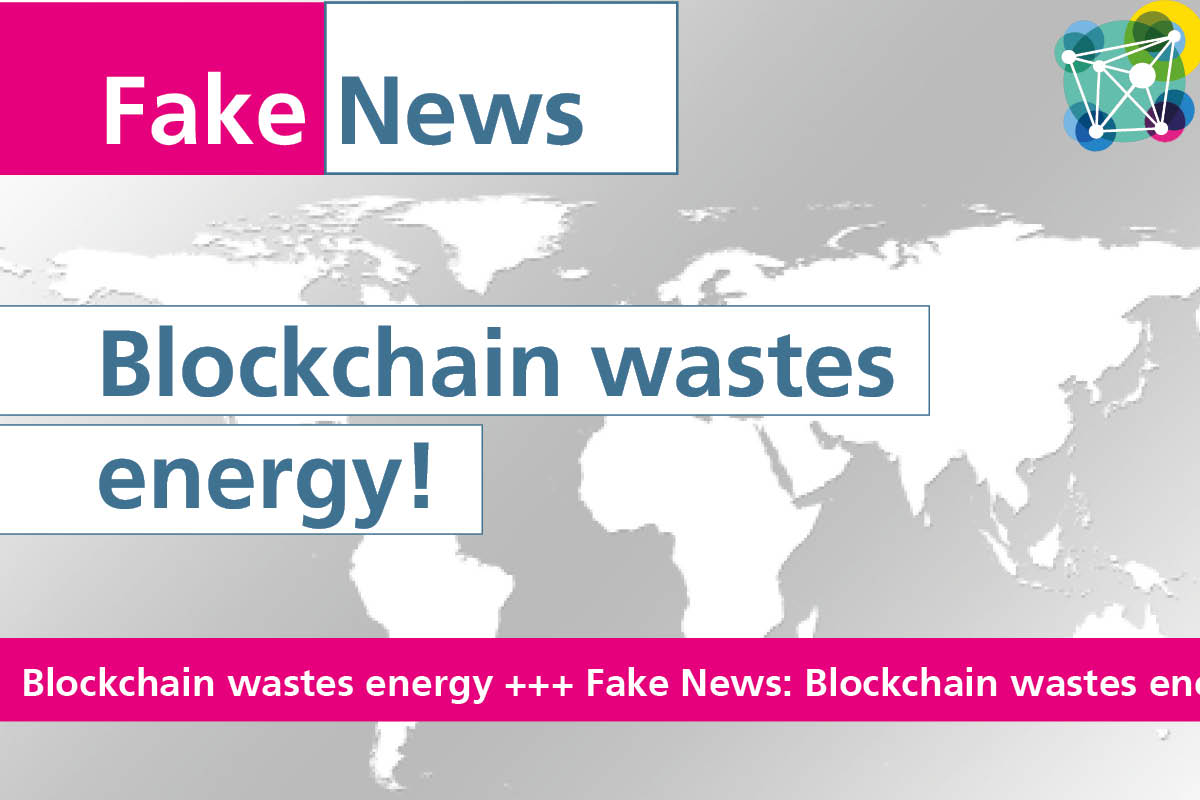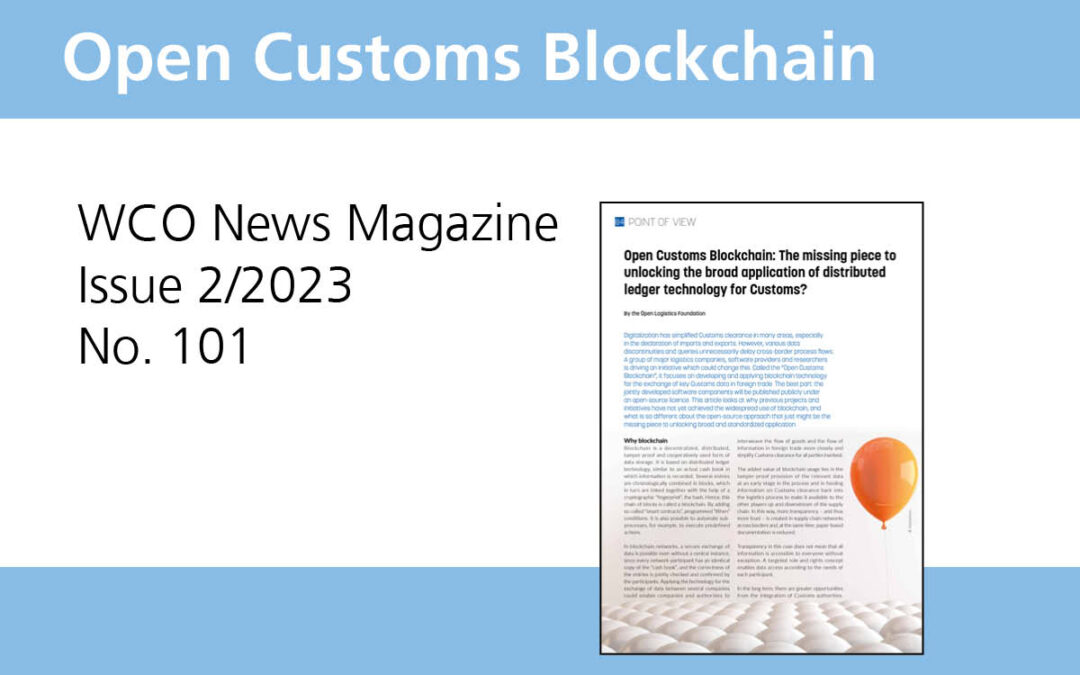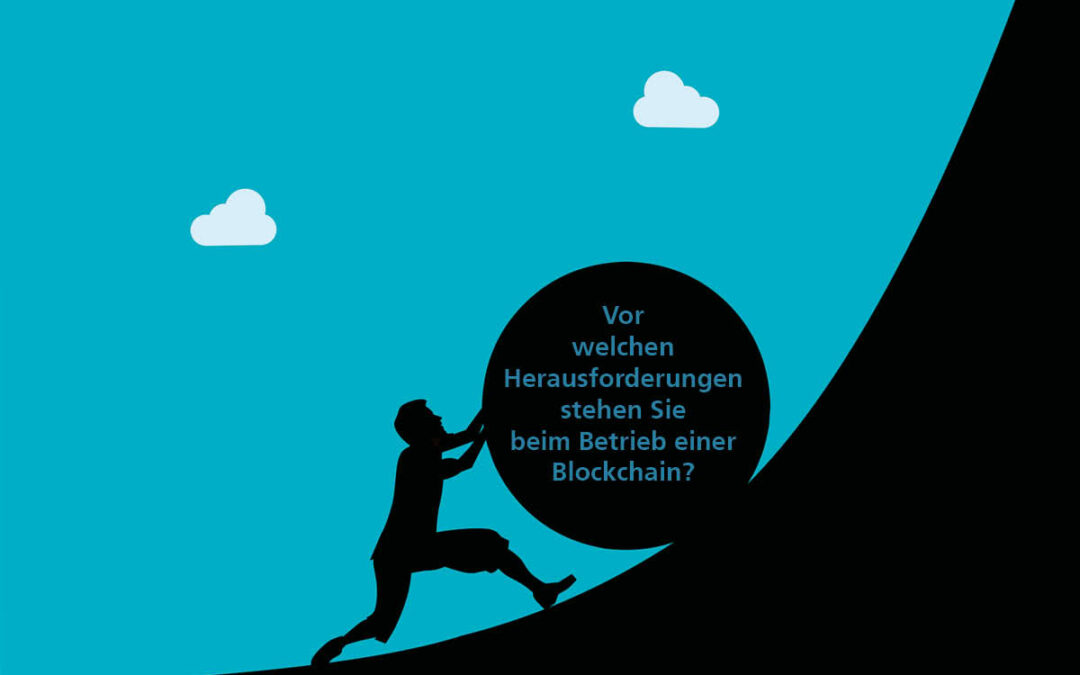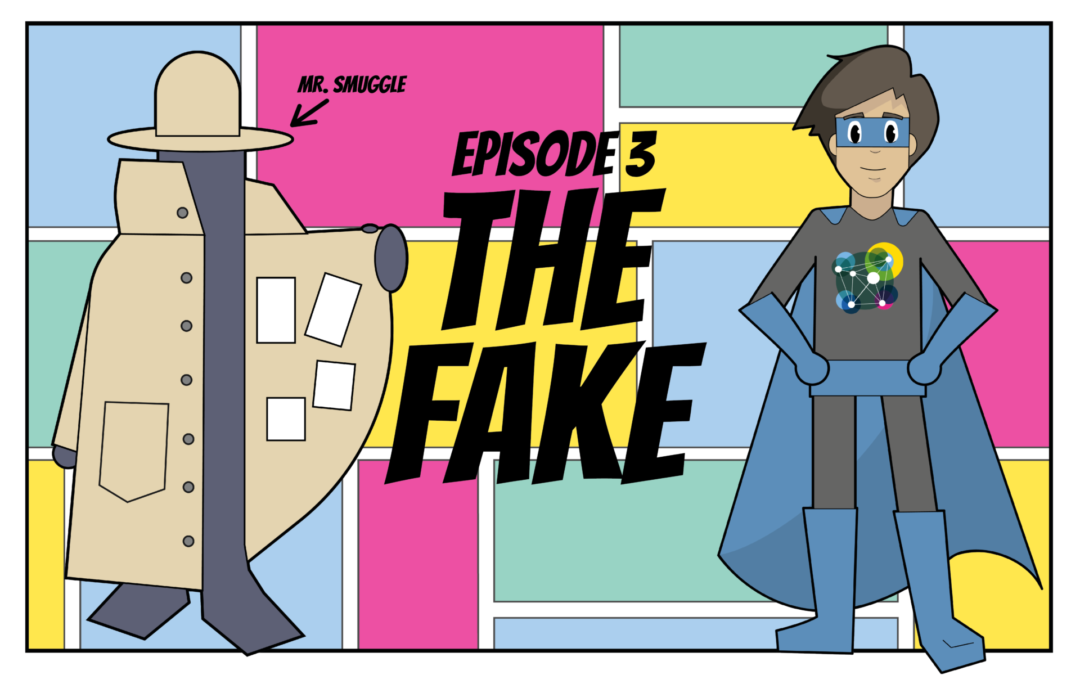There are many prejudices, misreports and misunderstandings when it comes to the topic of blockchain. The technology offers enormous potential. So that everyone can benefit from it and the technology and its possibilities become more tangible, we clear up the prejudices.
No. 2
Blockchain wastes engergy! How can something like this be understood as a future technology in times of climate change?
Blockchain does not have a good reputation in terms of eco-balance. The reason is its frequent equation with cryptocurrencies such as Bitcoin. These are indeed energy-intensive – especially the so-called mining, i.e. verifying transactions and generating new coins, is associated with a very high computing effort. Bitcoin falls particularly heavily in this regard. The scalability is questioned, because every single transaction now consumes almost twice as much energy as an average household in a day. But: blockchain is not equal to bitcoin.
Many blockchain applications and systems, especially in an enterprise context, have a net energy consumption of zero or single-digit percentages. There are a variety of different algorithms to choose from. Some are more energy intensive, others less so. Each option has advantages and disadvantages. Depending on the application, cost-effectiveness and environmental impact, it can be weighed up which variant should be used.
Let’s go into a bit more detail: one algorithm is the so-called proof-of-work (POW). It is used with Bitcoin and first requires validation from every sender in the blockchain network. In a public network, this makes perfect sense, but this procedure is considered very energy-intensive. If we now use, for example, a proof-of-stake instead of proof-of-work for verification and consensus building, because the corporate network is not open but consists of known actors, the computing power required and thus the energy demand can be reduced many times over. However, with a proof-of-stake, we also get a satisfactory and adequate solution.
Blockchain should be used where it really makes sense. The technology can dock onto existing structures and networks and be used in numerous ways. Here, as with any technology, there are energy-saving and energy-intensive deployment options. Which combinations make sense is decided by taking into account economic, ecological and social aspects.
